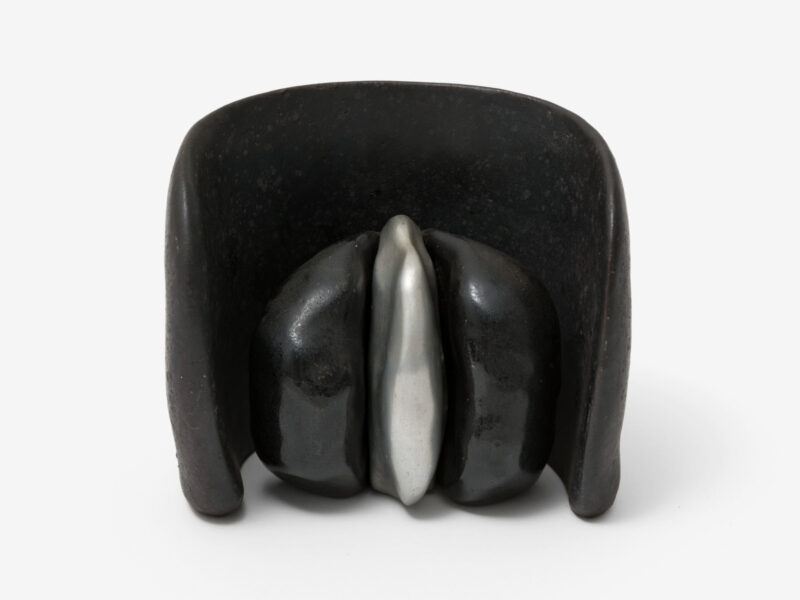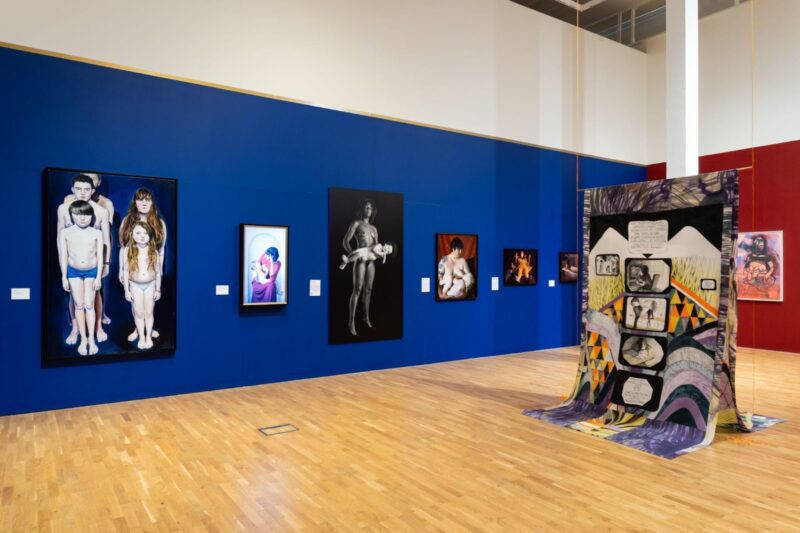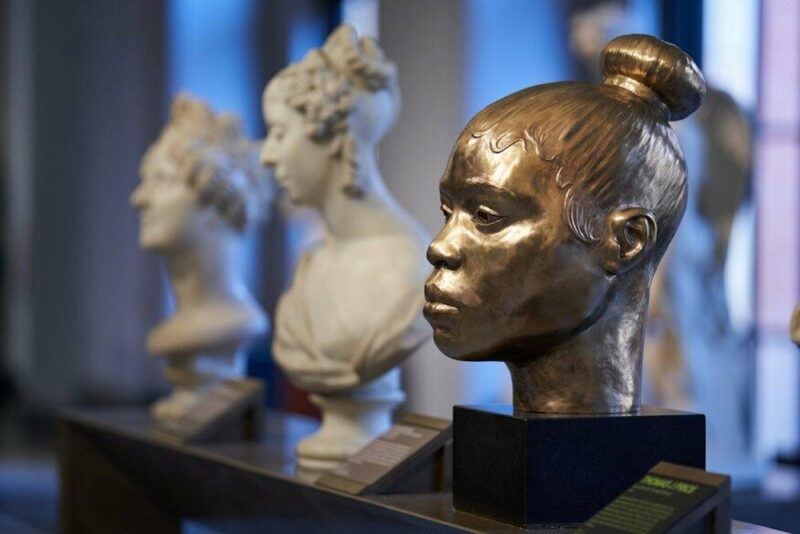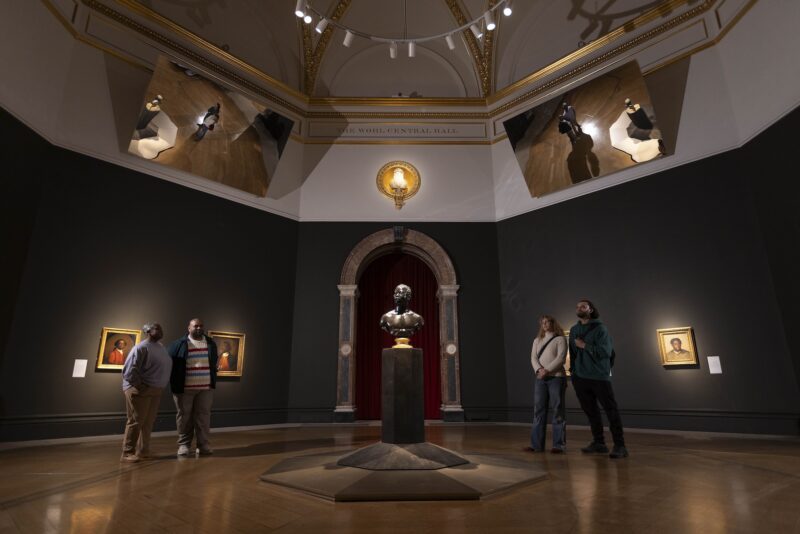This September, the Fitzwilliam Museum will stage the major exhibition, Black Atlantic: Power, People, Resistance.
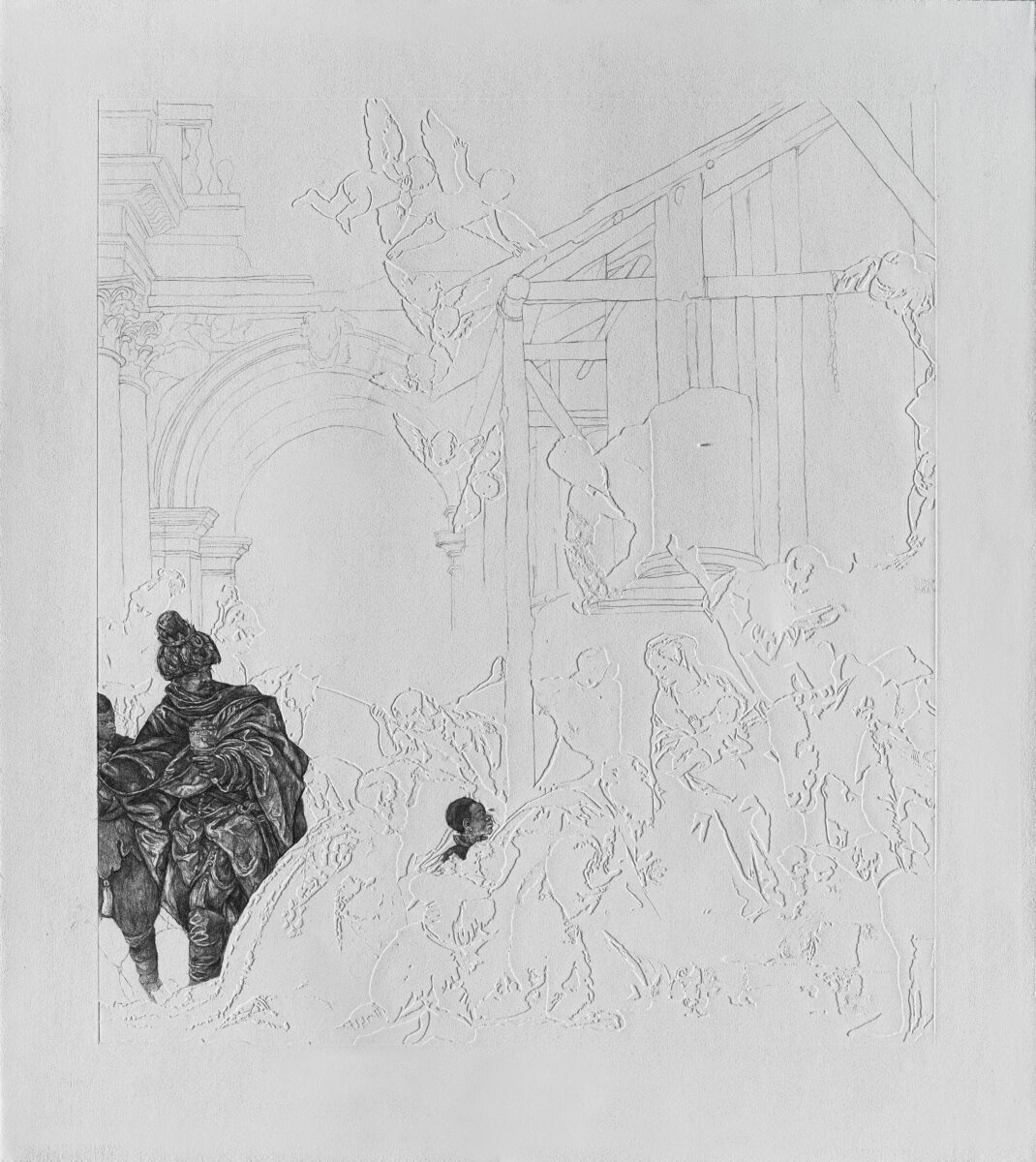
Featuring works made in West Africa, the Caribbean, South America and Europe, the exhibition will reveal global stories and histories of exploitation, resilience and liberation. Historic pieces will be exhibited in dialogue with works by modern and contemporary Black artists, including Donald Locke, Barbara Walker, Keith Piper, Alberta Whittle and Jacqueline Bishop, that challenge and reflect on hidden and untold histories, and reveal acts of courage, resistance, hope and repair.
Between 1400 and 1900, European empires colonised the Americas and transported over 12.5 million people to these colonies from Africa as slaves. Through resisting colonial slavery, people produced new cultures that continue to shape our world. These cultures are known as the Black Atlantic. In asking new questions about how Atlantic enslavement and the Black Atlantic have shaped the University of Cambridge’s collections, novel discoveries have been made about our objects, the people who collected them, and how their stories connect Cambridge to a global history of colonialism. Bringing this new research to the fore, Black Atlantic: Power, People, Resistance marks the first in a series of planned exhibitions and interventions at the Fitzwilliam between 2023 and 2026.
Presented in the Museum’s historic galleries, partly funded by the profits from the transatlantic slave trade, this exhibition will consider how Atlantic enslavement impacted everything, including the landlocked city of Cambridge. Significant loans from museums in Paris, Amsterdam and Stockholm, and from collections across Britain, will join objects and artworks drawn from University of Cambridge Museums, Libraries and Colleges.
Black Atlantic will begin by looking at the early history of the Museum and its founder, Viscount Richard Fitzwilliam (1745-1816). A student at Cambridge, Fitzwilliam left a large sum of money and an extensive art collection to the University upon his death in 1816, founding the Museum that is named after him. Until now the origins of his money have largely been ignored. This exhibition will reveal how a significant part of Fitzwilliam’s wealth and art collection was inherited from his grandfather Matthew Decker, a prominent Dutch-born British merchant and financier who in 1700 helped to establish the South Sea Company, which obtained exclusive rights to traffic African people to the Spanish colonial Americas. By reflecting on these origins, the exhibition will reveal how the legacies of Atlantic enslavement and exploitation continue to affect the world today.
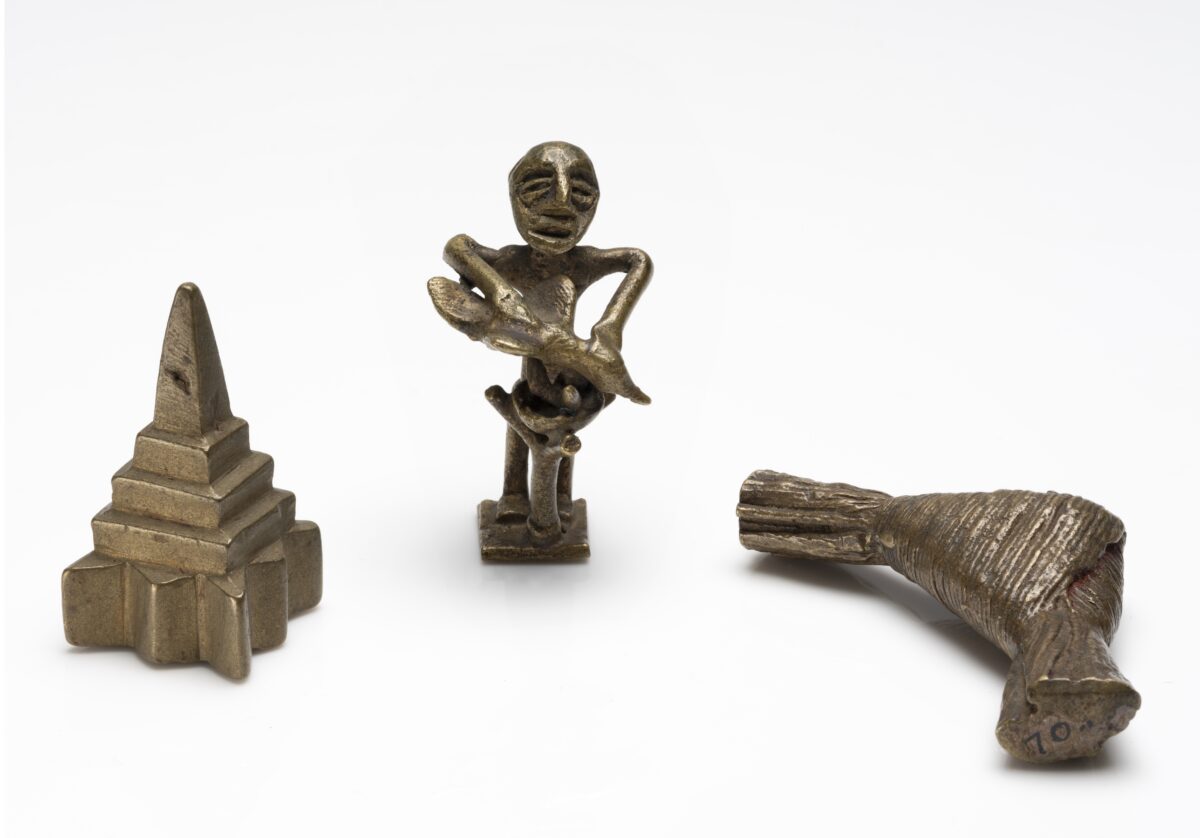
The exhibition will have four sections. The first, Glimpses of the World Before Transatlantic Enslavement, will spotlight the independent histories of West Africa, the Caribbean and Europe before they were connected by Atlantic enslavement. Highlights include a remarkable selection of beautifully crafted gold weights made and used by the Akan speaking peoples of West Africa, as well as rare pre-1500 tools and ceremonial stone objects from the Indigenous peoples of the Caribbean, collected in the nineteenth century and donated to Cambridge museums.
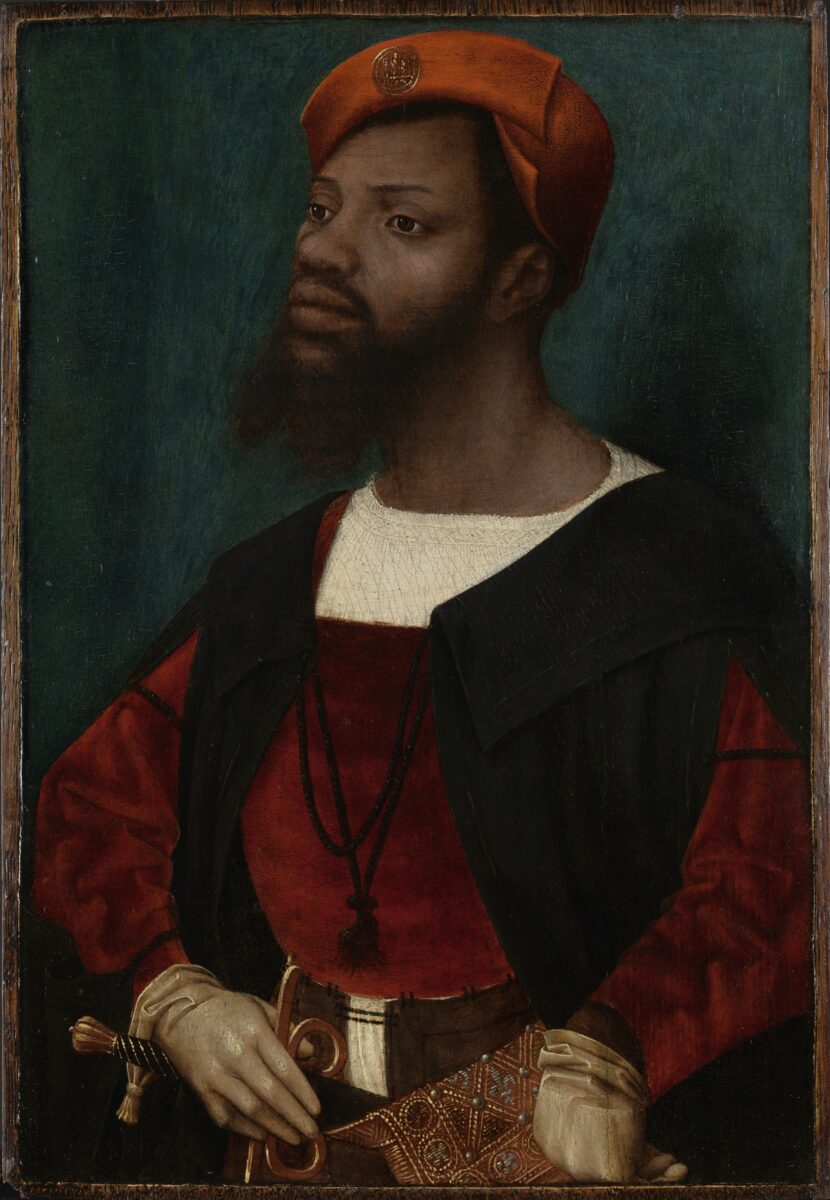
The exhibition will feature depictions of Black people in Europe before enslavement, including Jan Jansz Mostaert’s extraordinary Portrait of an African Man c. 1525-30, believed to be the earliest individual portrait of a Black person in European art.
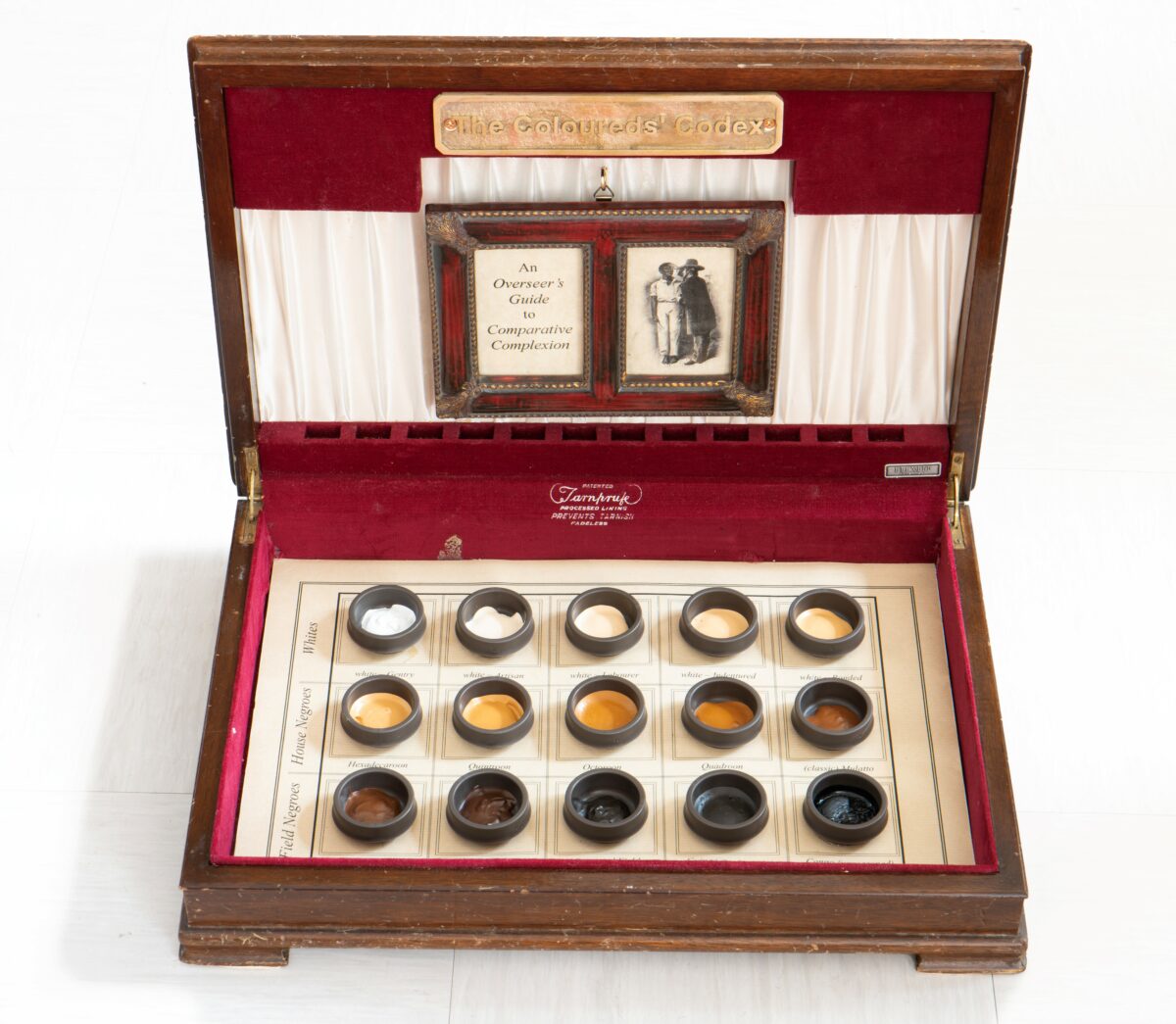
Cambridge Wealth from Atlantic Enslavement will reveal how the profits of enslavement filtered into everyday life in Britain. Trading companies in seventeenth-century Europe were crucial to colonial expansion. Inspired by Dutch models, companies which traded in enslaved people, including the Royal African Company and South Sea Company, were founded in Britain with state support. This section will reveal how European colonies passed laws that created racial categories to justify enslavement and promote anti-Black racism. Examples of historical race-based pseudo-science, some of which were developed by academics at Cambridge, will be juxtaposed with contemporary responses, including Keith Piper’s Coloureds’ Codex (Enlightenment Edition) 2023, which critiques the ways in which plantation managers used skin colour as a means to identify and control enslaved people. This work challenges ‘colourism’ and the racist preference for lighter skin tones, which still affects many societies today.
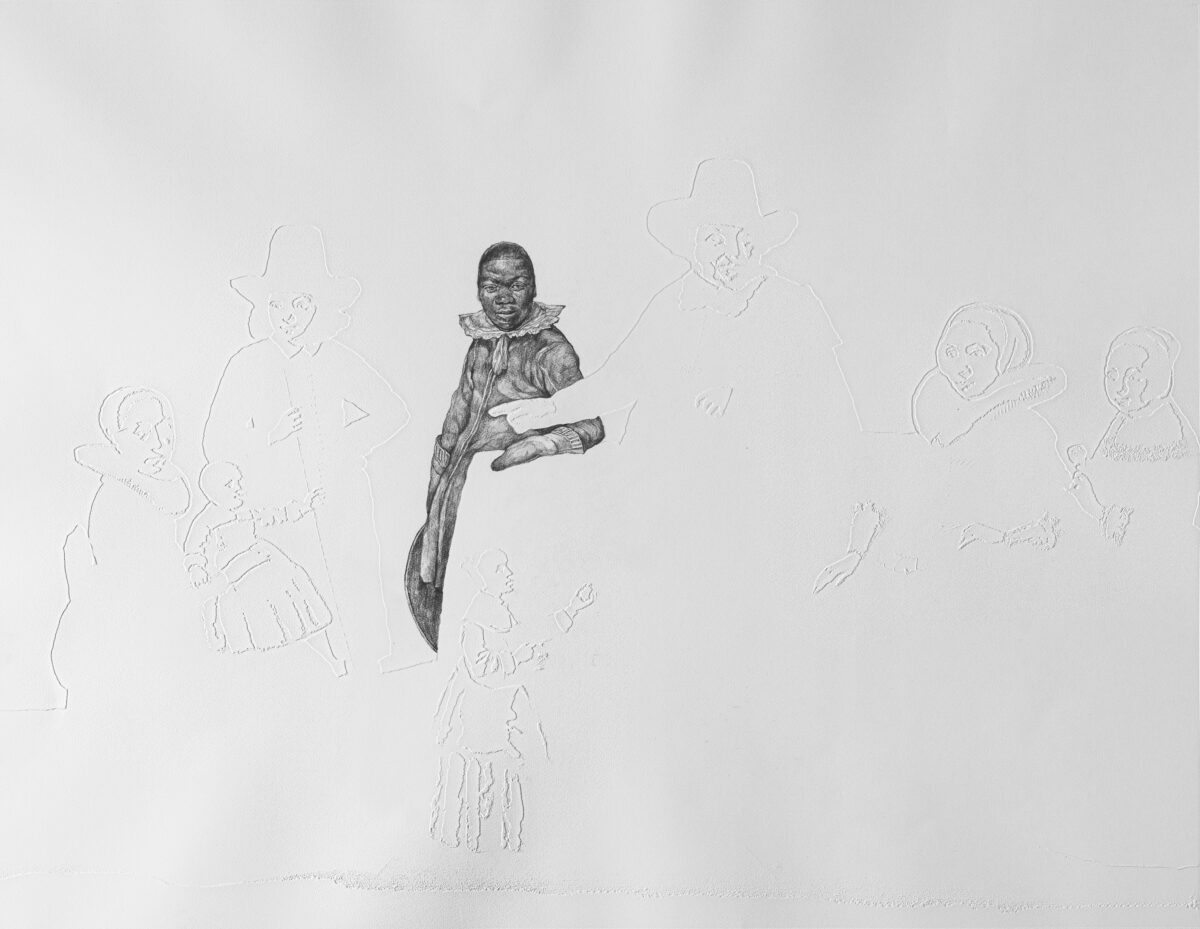
Fashion, Consumption, Racism and Resistance looks at how products harvested by enslaved people, from mahogany, ivory and turtle shell to coffee, sugar cane and tobacco, became both fashionable materials for European luxury goods, and central to everyday consumption in Britain. The exhibition will present examples of furniture, ceramics and grand portraits of wealthy white Europeans, which frequently included anonymous images of enslaved people. They will be displayed alongside contemporary works of art which challenge these historic racist depictions of Black people. These include Barbara Walker’s powerful drawings such as Vanishing Point 29 (Duyster) 2021, which rework historical portraits to centralise marginalised Black figures.
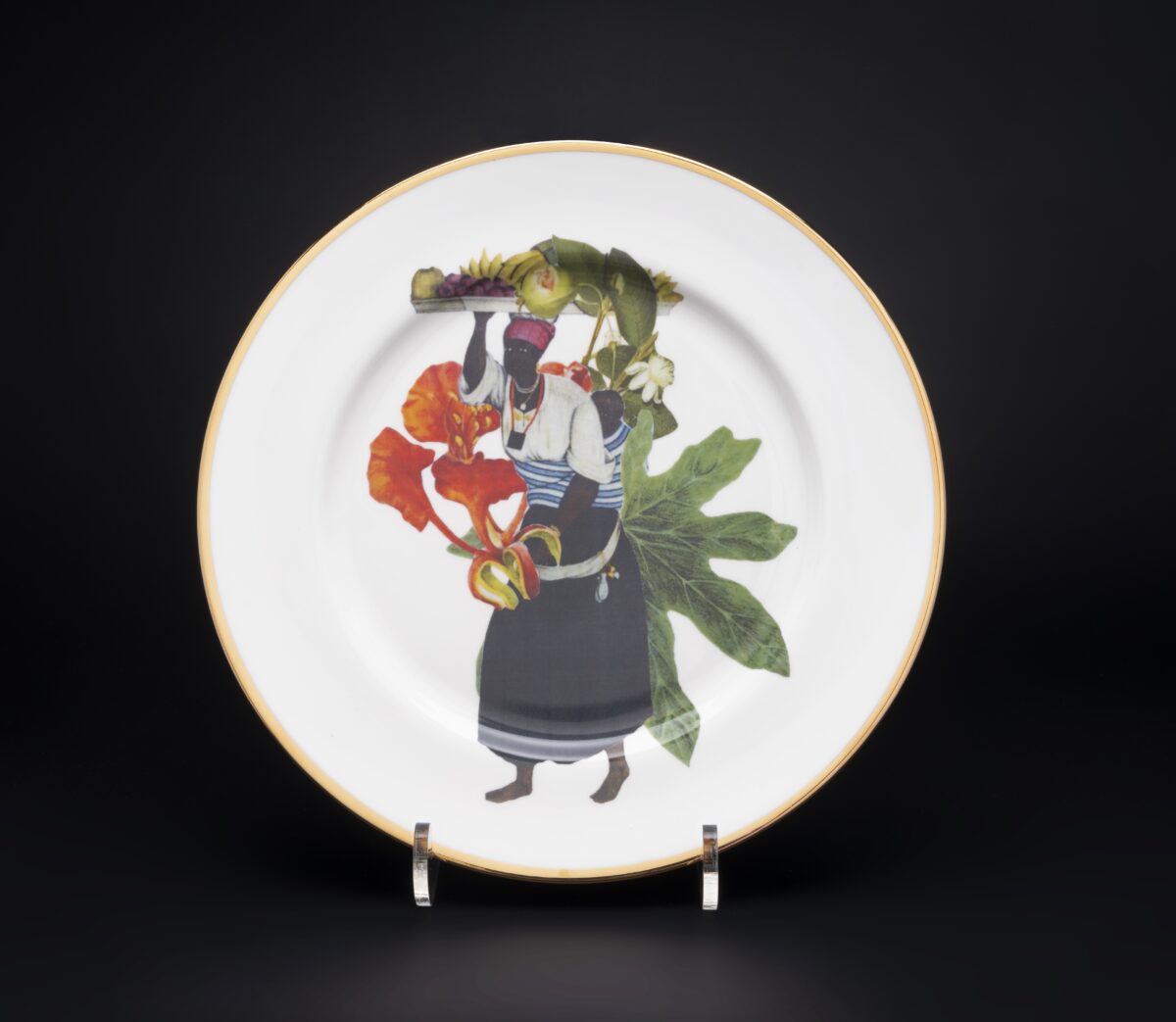
The final chapter, Plantations: Production and Resistance will focus on the enslaved people in the Americas who lived and worked on plantations. It will highlight the contribution of Indigenous, enslaved and free Black people to major scientific discoveries and botanical knowledge, which were brought back to Britain. Among the works included will be a drawing of a young man sitting under a breadfruit tree by John Tyley (active 1790s-1820s), a very rare example of a historic and named Black artist depicting a Black subject. Also featured will be Jacqueline Bishop’s History at the Dinner Table 2021, recently acquired by the Fitzwilliam Museum, comprising 18 bone china plates adorned with repurposed historic images of enslaved people and African flora. Recalling her Jamaican grandmother’s much-prized china, painted with bright, cheerful carriages and palaces, Bishop’s works reflect on the often-hidden violent history of colonialism and give dignity back to the representations of Black women.
The exhibition will culminate with a spotlight on the self-liberated people who fled enslavement and formed their own communities, featuring the objects created by Maroon communities in Suriname. Developing their own visual language combining artistic symbols from Africa and the Americas, these objects show how the Maroon people and their descendants asserted and built communities which still endure today.
Black Atlantic: Power, People, Resistance is an important moment in the history of the Fitzwilliam. Reflecting on the origins of our museum, the exhibition situates us within an enormous transatlantic story of exploitation and enslavement, one whose legacy is in many ways as pervasive and insidious today as it was in the seventeeth, eighteenth or nineteenth century. Our exhibition is greatly indebted to the contemporary artists whose work is featured. They have looked to the past to imagine a different future. By showing their works with significant historical objects, from Cambridge and leading institutions across Britain and elsewhere in Europe, we are rethinking our shared histories to help us consider the ways we can contribute to a better, repaired world, in which principles of equity are enshrined.
Luke Syson, Director and Marlay Curator of the Fitzwilliam Museum,
The Lead Curator of Black Atlantic: Power, People, Resistance is Jake Subryan Richards, Assistant Professor of International History at the London School of Economics and Political Science and his co-curator is Victoria Avery, Keeper of European Sculpture & Decorative Arts at the Fitzwilliam Museum. The exhibition will be accompanied by a fully illustrated catalogue edited by Avery and featuring new research and an essay by Richards, as well as reflection pieces by contemporary artists, curators, activists and academics. It will also be accompanied by a public programme of events.
Black Atlantic: Power, People, Resistance, 8th September 2023 – 7th January 2024 the Fitzwilliam Museum, | Admission Free
The Fitzwilliam Museum Founded in 1816, the Fitzwilliam Museum is the largest and oldest museum of the University of Cambridge. It houses over half a million objects: ancient Egyptian, Greek and Roman artefacts, medieval illuminated manuscripts, paintings from the European Renaissance to the 21st century, prints and drawings, coins and medals, ceramics and other applied arts from East and West Asia and Western Europe. The Fitzwilliam Museum is an internationally recognised institute of research and conservation.
